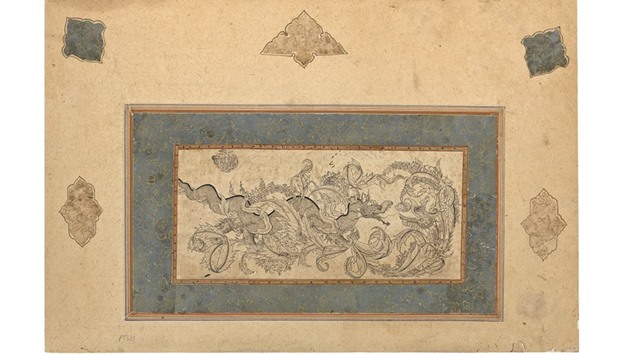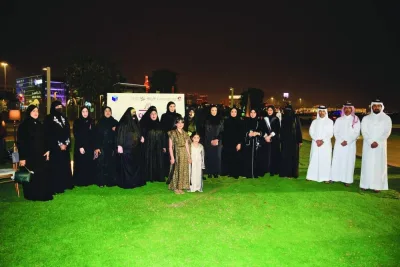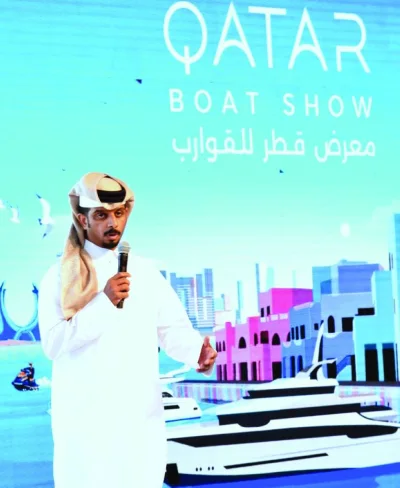A new exhibition, Imperial Threads: Motifs and Artisans from Turkey, Iran and India, which opened yesterday at the Museum of Islamic Art (MIA), will run until November 4.
According to Qatar Museums (QM), the exhibition brings a new perspective to MIA’s remarkable permanent collection by showcasing the connection between three major dynasties that marked the start of the early modern period in Islamic art - the Ottoman, Safavid, and Mughal empires.
The exhibition highlights the exchange of artistic and material cultures between the empires, primarily from the 15th to the 19th centuries. It illustrates the cultural and artistic background of this time by featuring artefacts including carpets, manuscripts,
metalwork and ceramics.
“The MIA houses one of the greatest collections of Islamic art spanning over 1,400 years, and we are extremely excited to showcase some of our most exquisite objects from the Ottoman, Safavid, and Mughal empires in this exhibition,” said Dr Mounia Chekhab Abudaya, curator of the show at MIA.
“Through this exhibition, we hope to take art and history lovers on a unique journey to truly understand the connection behind these major dynasties,” she added.
Each of the three sections focuses on a specific empire. The Safavid Empire (1501-1736) showcases works from the Safavid royal Kitabkhanah, or manuscripts workshop, as well as artistic motifs developed under patrons such as Shah Tahmasp.
The Safavids played a major role in the transfer of artistic practices by means of travelling artists to the neighbouring Ottoman and Mughal courts.
The second section introduces visitors to the Ottoman artistic production with works ranging from the 16th to 18th centuries. It showcases examples of carpets in addition to other mediums characteristic of local tribal designs, merged with outside influences coming from Iranian ateliers.
The third section highlighting the Mughal empire (1526-1858) offers a look into the culmination of artistic styles integrating Safavid, Ottoman and local traditions. Of note are the detailed floral designs that represent a major part of the decorative repertoire, found particularly in carpets and jewellery.
A range of educational programmes, workshops, activities and events will be organised alongside the exhibition, which will inspire engagement and enrich young peoples’ lives.
Workshops and activities being organised include a talk by artist Faig Ahmed who is inspired by designs from Islamic art in his
contemporary work.
An introduction to carpet weaving workshop will take place from March 19 to 23.

Dragons in Saz leaves, Ottoman, Turkey (16th century).


